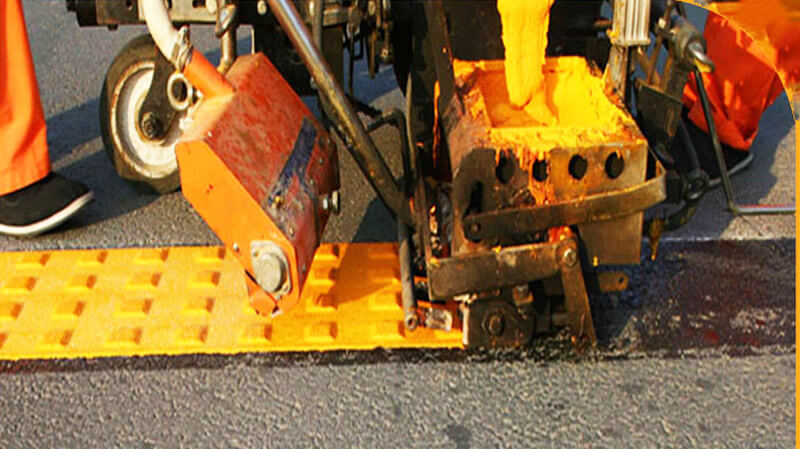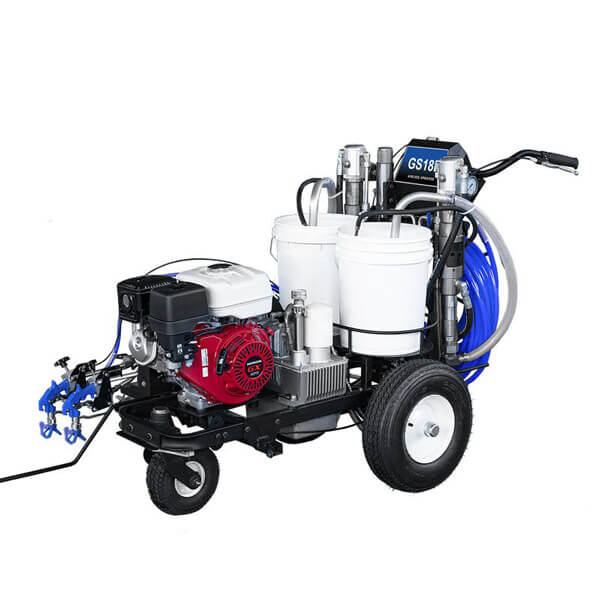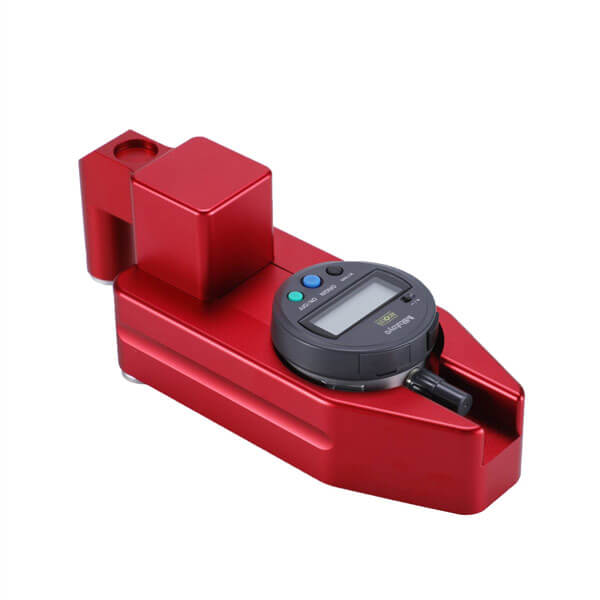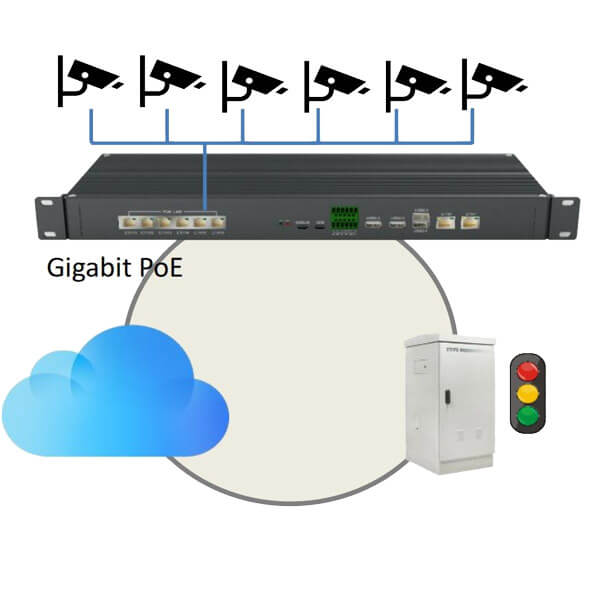Precautions for Thermoplastic Road Marking Application
Temperature Control: During application, the thermoplastic material should be maintained within a range of 175°C to 220°C. If ambient road surface temperatures drop below 0°C, it is advisable to increase the heating temperature to ensure optimal adhesion.
Primer Application: Prior to marking, apply a primer layer on the designated areas. This step helps reduce the negative impact of dust and debris, improving the durability and bonding of the markings.
Nighttime Visibility: For enhanced visibility after dark, glass beads may be incorporated into the paint mix, providing retroreflective properties that improve night-time recognition.
Core Application Techniques for Thermoplastic Road Markings
The extrudable marking technology (Latin "extrudere" – to thrust) (used in 90% of cases):
Operating temperature: 190–210°C, with precise control within ±5°C.
Film thickness: 1.5–2.5mm (at least 2.0mm for highways).
Application speed: 5–8 meters per minute, including premixed glass bead integration.
Structured Markings (Vibrating Lines):
Special molds are used to create raised profiles between 3–7mm in height.
Slip resistance (BPN): ≥65, achievable by adding 20–30% quartz sand.
Spraying Techniques and Applicable Coatings
Two-Component Paint: Utilizes a dual-nozzle spray gun that mixes components A and B on the spot for instant application.
Water-Based Paint: Applied at ambient temperature and forms a film through water evaporation.
UV-Curable Paint: Requires ultraviolet lighting systems for immediate curing post-application.







